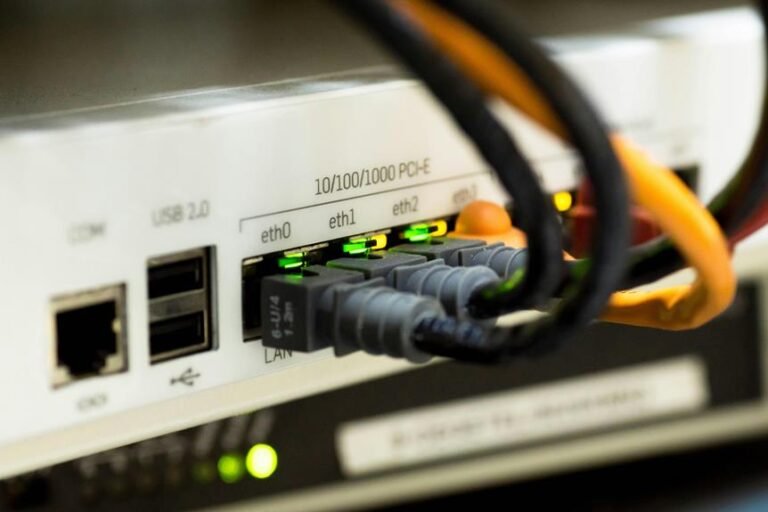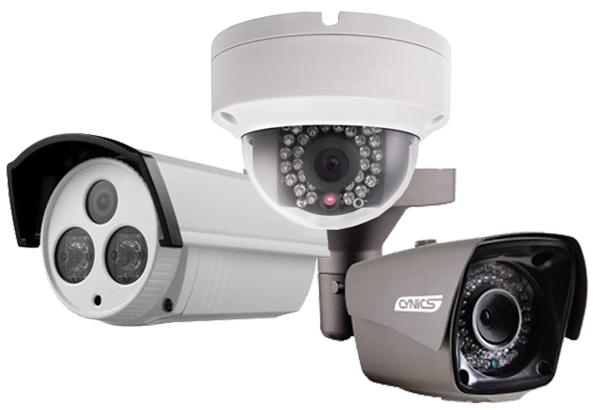BNC Vs. Cat5 – 7 Critical Factors to Consider

When choosing between BNC and Cat5 cables, consider these 7 critical factors: speed, distance capabilities, installation ease, cost, signal quality, durability, and compatibility. Cat5 offers faster data transfer and better interference resistance up to 100 meters, making it ideal for…

